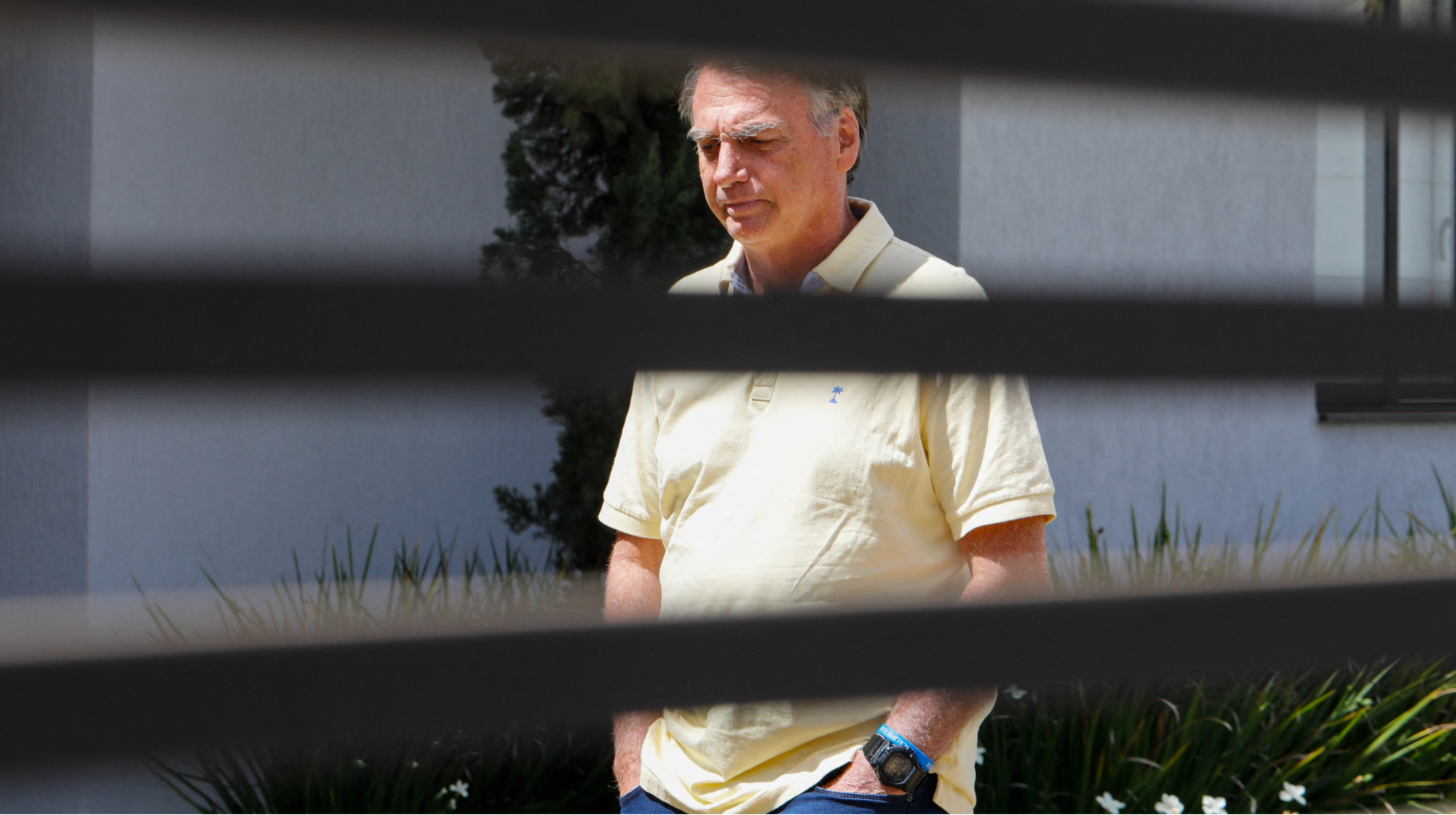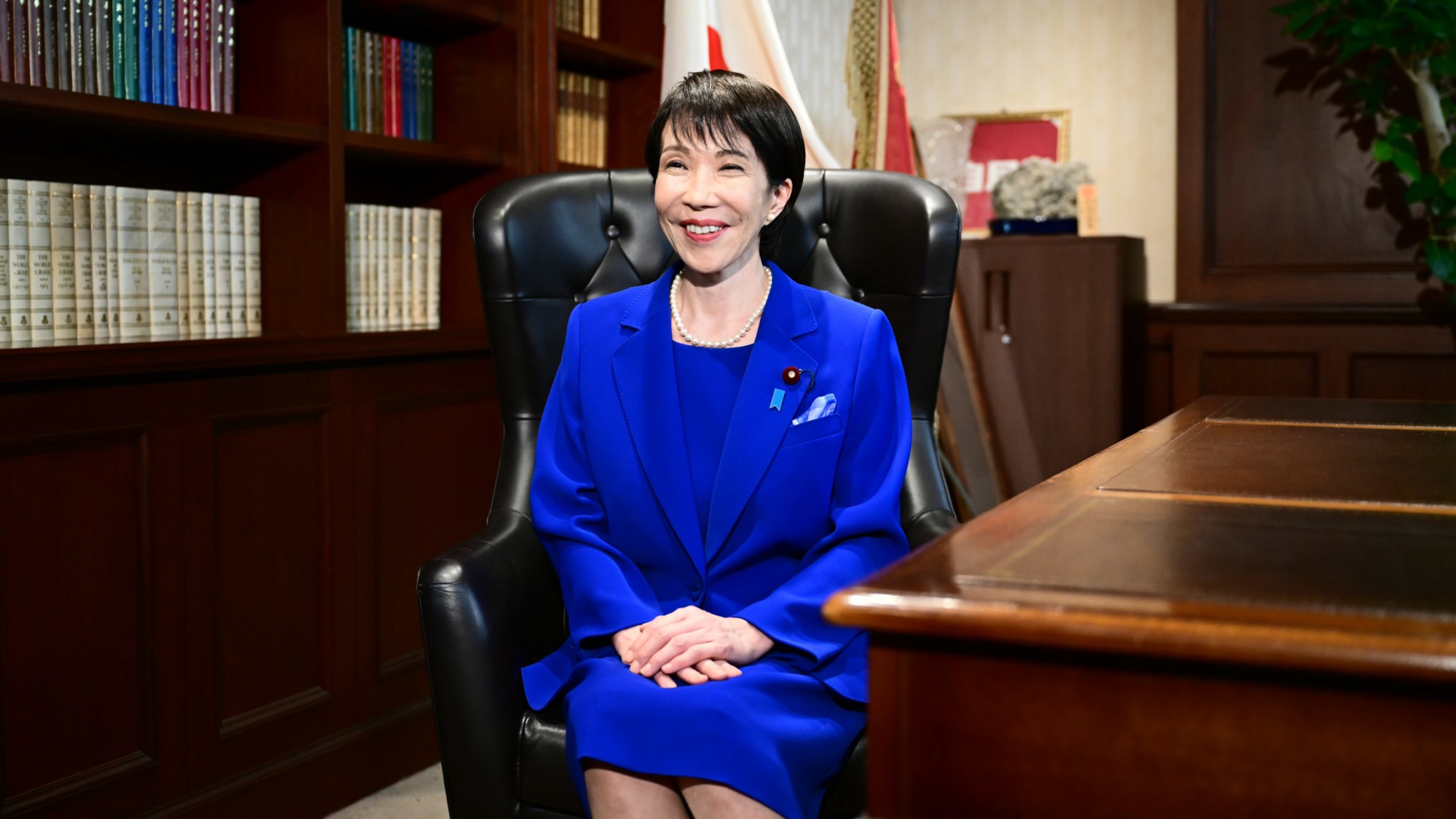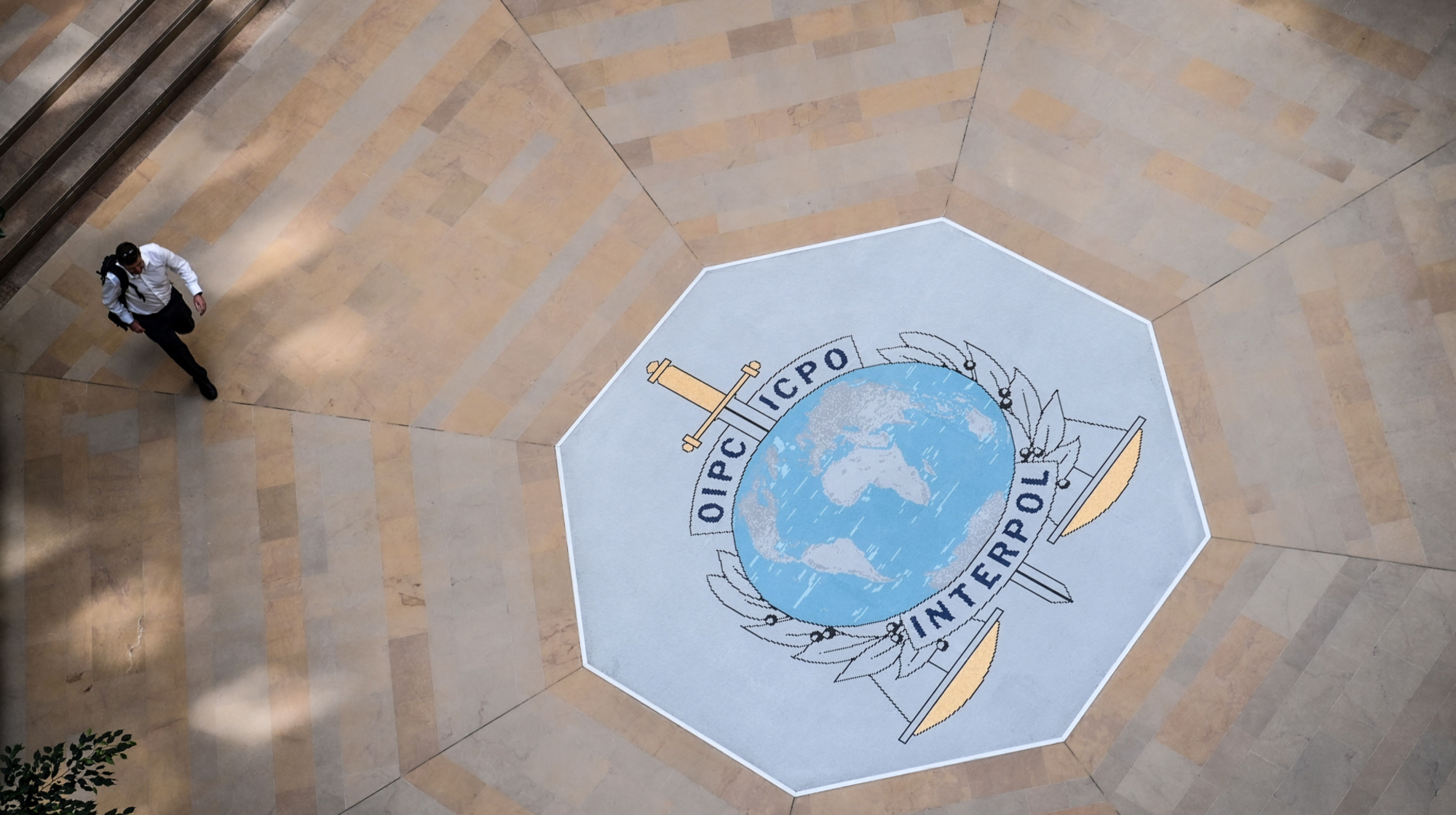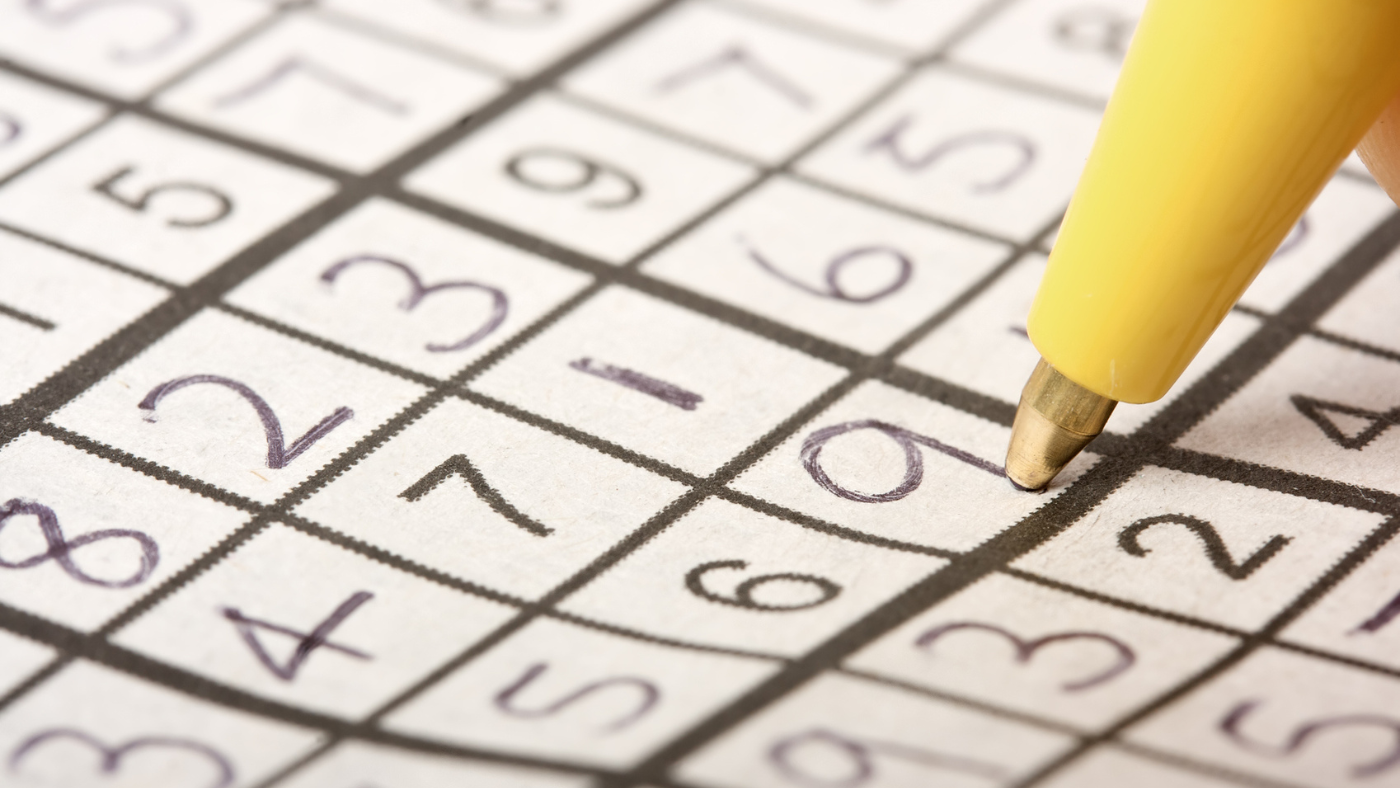The week's best parenting advice: September 22, 2020
When kids bring home COVID, the sleep-saving power of red light, and more


1. A call for diligence
A study from the Centers for Disease Control and Prevention sheds new light on how often kids contract COVID-19 at childcare facilities, and pass it on to family members. Looking at three facilities — two toddler daycares and one camp for teens — the researchers found 12 kids were infected, most likely by an adult worker. Three of the infected children showed no symptoms. Of the 46 family members the infected kids came into contact with, at least 12 were infected. One parent had to be hospitalized as a result. The results indicate that a low-ball estimate for rate of spread from child to family could be about 25 percent. Researchers stress this doesn't mean schools or childcare facilities should close, but that diligence about masking, sanitizing, and social distancing is needed. "This should be another wake up call to all of us that we need to be diligent and all do our part," says Dr. David Kimberlin, a pediatric infectious diseases specialist at the University of Alabama at Birmingham.
2. Is red light a sleep savior?
Sleep deprivation is one of the most challenging parts of having a newborn. In her new book, How Babies Sleep: The Gentle, Science-Based Method to Help Your Baby Sleep Through the Night, neuroscientist and mother of two Sofia Axelrod suggests new parents invest in a red light bulb or flashlight to help train their babies to sleep better. The insight came from her lab research with fruit flies. "When we want to test their sleep without waking them up, we use a red flashlight. Every other type of light wakes them up," she explains to CNN. She started using a red light bulb during nighttime nursing sessions with her baby, and "it worked," she says. "The baby wouldn't get the signal from the red light that it's time to wake up." But her larger message is about the importance of limiting light exposure before bedtime and during sleep hours. "We need to work with our inner clock," she adds.
The Week
Escape your echo chamber. Get the facts behind the news, plus analysis from multiple perspectives.

Sign up for The Week's Free Newsletters
From our morning news briefing to a weekly Good News Newsletter, get the best of The Week delivered directly to your inbox.
From our morning news briefing to a weekly Good News Newsletter, get the best of The Week delivered directly to your inbox.
3. Rethinking science projects
How can teachers instill a love of science in their pupils? Award-winning high-school teacher Deborah Cornelison, now a member of the Oklahoma Department of Education, thinks project-based learning could be key. She tells The Atlantic that her students thrived when learning went beyond just lectures, labs, and following a set of written directions, and instead focused on "identifying real problems in the community, gathering meaningful data, setting up experiments, and then finding solutions." For example, one group of students surveyed their peers, experts, and cafeteria workers about healthy eating habits, and managed to bring back the cafeteria salad bar as a result. Getting hands-on like this, Cornelison says, teaches kids meaningful life skills, and gives them ownership over the scientific process. "The beauty of these projects, I believe, is that at the end — after all the struggles — they truly felt like they owned it. It was their data. It was their work."
4. Mask muffle
"Mask muffle" is real, says Meghan Moravcik Walbert at Lifehacker. The term, while entirely of her own invention, refers to the very frustrating phenomenon of face masks stifling one's speech and making it more difficult to be understood. "It doesn't help that we've also lost the benefit of seeing a person's mouth forming the words to fill in the blanks," she says. For teachers and childcare providers, this can be particularly challenging. Moravcik Walbert has some tips: Be open and explicit about your feelings rather than expecting kids to interpret them through your facial expressions. Incorporate new physical cues like pointing or clapping. And talk slowly. "Talk like a kindergarten teacher talks, with their signature big, bright, enunciating voices that get through to even the most rambunctious of 5 year olds," she says.
A free daily email with the biggest news stories of the day – and the best features from TheWeek.com
5. Giving thanks
A recent survey from the Pew Research Center examined how U.S. teens' religious affiliations and rituals are influenced by their parents. Many of the findings were relatively unsurprising. For example, the survey found most teenagers share their parents' religion, and attend church only as often as their families do. But one interesting data point stands out: Half of American teenagers — regardless of religious affiliation — say they feel a "deep sense of spiritual peace and well-being" at least once a month; 40 percent say they feel a "deep sense of wonder" about the universe. "The most common experience is a strong feeling of gratitude or thankfulness, reported by 77 percent of teens in the survey," Pew reports.
Jessica Hullinger is a writer and former deputy editor of The Week Digital. Originally from the American Midwest, she completed a degree in journalism at Indiana University Bloomington before relocating to New York City, where she pursued a career in media. After joining The Week as an intern in 2010, she served as the title’s audience development manager, senior editor and deputy editor, as well as a regular guest on “The Week Unwrapped” podcast. Her writing has featured in other publications including Popular Science, Fast Company, Fortune, and Self magazine, and she loves covering science and climate-related issues.
-
 How Bulgaria’s government fell amid mass protests
How Bulgaria’s government fell amid mass protestsThe Explainer The country’s prime minister resigned as part of the fallout
-
 Femicide: Italy’s newest crime
Femicide: Italy’s newest crimeThe Explainer Landmark law to criminalise murder of a woman as an ‘act of hatred’ or ‘subjugation’ but critics say Italy is still deeply patriarchal
-
 Brazil’s Bolsonaro behind bars after appeals run out
Brazil’s Bolsonaro behind bars after appeals run outSpeed Read He will serve 27 years in prison
-
 Americans traveling abroad face renewed criticism in the Trump era
Americans traveling abroad face renewed criticism in the Trump eraThe Explainer Some of Trump’s behavior has Americans being questioned
-
 Nigeria confused by Trump invasion threat
Nigeria confused by Trump invasion threatSpeed Read Trump has claimed the country is persecuting Christians
-
 Sanae Takaichi: Japan’s Iron Lady set to be the country’s first woman prime minister
Sanae Takaichi: Japan’s Iron Lady set to be the country’s first woman prime ministerIn the Spotlight Takaichi is a member of Japan’s conservative, nationalist Liberal Democratic Party
-
 Russia is ‘helping China’ prepare for an invasion of Taiwan
Russia is ‘helping China’ prepare for an invasion of TaiwanIn the Spotlight Russia is reportedly allowing China access to military training
-
 Interpol arrests hundreds in Africa-wide sextortion crackdown
Interpol arrests hundreds in Africa-wide sextortion crackdownIN THE SPOTLIGHT A series of stings disrupts major cybercrime operations as law enforcement estimates millions in losses from schemes designed to prey on lonely users


